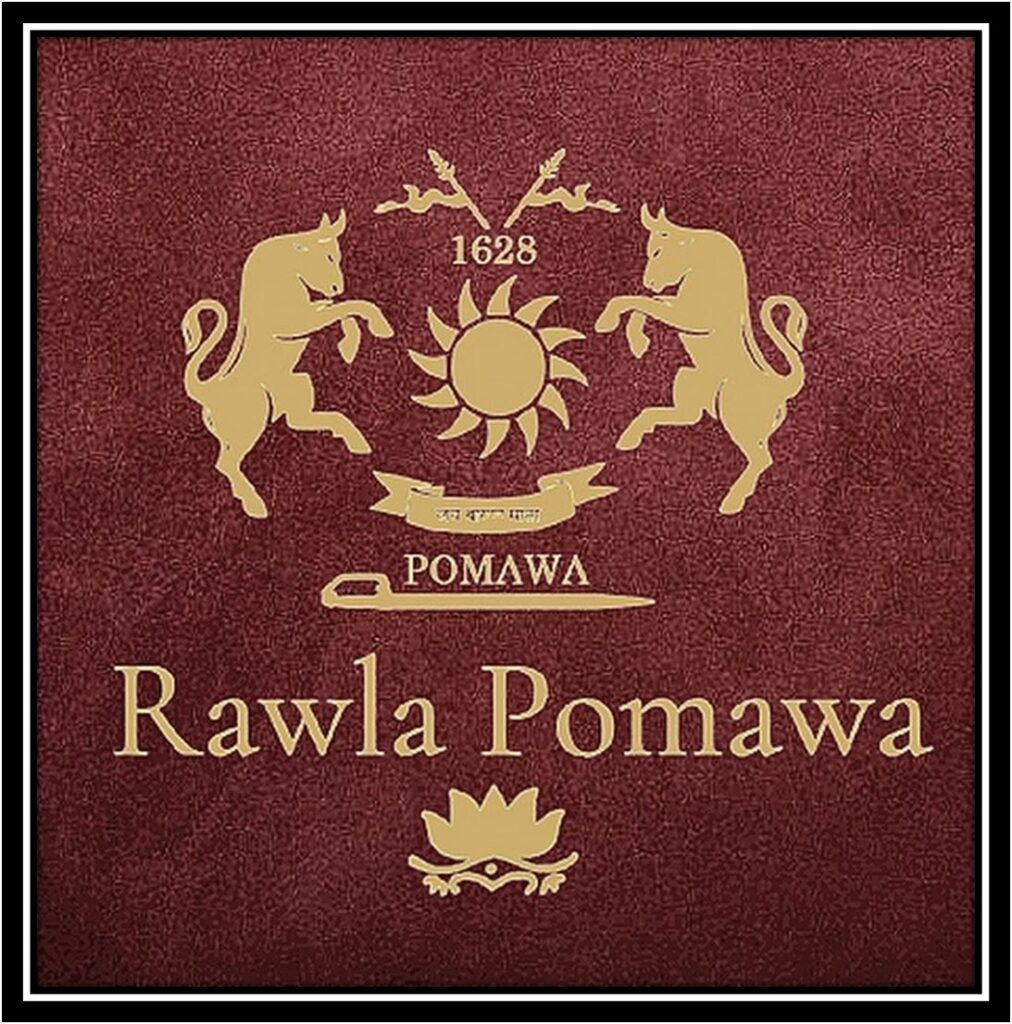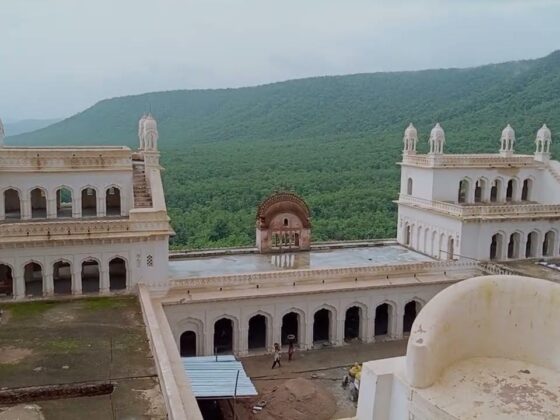Exploring the Heritage of Rawla Pomawa: A Glimpse into Rajasthan Past

Introduction
Nestled in the heart of Rajasthan, the village of Pomawa stands as a testament to India’s rich cultural tapestry and royal heritage. Central to this village is Rawla Pomawa, an ancestral haveli that has witnessed centuries of history, tradition, and architectural evolution. This article embarks on a journey through the corridors of Rawla Pomawa, exploring its historical significance, architectural grandeur, and the enduring legacy of the Ranawat clan of the Sisodia dynasty.
Historical Background
Pomawa, located in the Sumerpur Tehsil of Pali District, Rajasthan, is a village steeped in history. It serves as a Thikana (a type of feudal estate) of the Sisodia Dynasty’s Ranawat clan. The Sisodias, renowned for their valor and commitment to preserving their heritage, have left an indelible mark on the region. Rawla Pomawa, the ancestral residence of this noble lineage, stands as a symbol of their enduring legacy.
Architectural Splendor
The architecture of Rawla Pomawa reflects the quintessential Rajasthani style, characterized by intricate carvings, expansive courtyards, and ornate balconies. Constructed primarily from locally sourced materials, the haveli showcases the craftsmanship and aesthetic sensibilities of the era. The design elements not only serve aesthetic purposes but also cater to the climatic conditions of the region, ensuring ventilation and natural cooling.
Visitors to Rawla Pomawa can observe the following architectural features:
-
Jharokhas (Overhanging Enclosed Balconies): These provide shade and allow cool air to circulate, offering respite from the harsh sun.
-
Chhatris (Elevated Dome-Shaped Pavilions): Symbolizing pride and honor, these structures add to the visual appeal of the haveli.
-
Courtyards: Serving as the focal point for family gatherings and ceremonies, the open courtyards are integral to the haveli’s design.
Cultural Significance
Beyond its architectural beauty, Rawla Pomawa is a living repository of Rajasthani culture and traditions. The haveli has been the backdrop for numerous festivals, rituals, and ceremonies that have been preserved and passed down through generations. The residents of Pomawa take immense pride in their heritage, ensuring that the customs and practices of their ancestors continue to thrive.
One notable aspect of the cultural heritage is the celebration of local festivals, where traditional music, dance, and cuisine play a pivotal role. These events offer visitors a glimpse into the vibrant and colorful lifestyle of the region.
The Ranawat Lineage
The Ranawat clan, to which Rawla Pomawa belongs, is a prominent branch of the Sisodia dynasty. The Sisodias have a storied history, with their roots tracing back to the legendary Rajput kings of Mewar. The Ranawats have upheld the values of bravery, honor, and cultural preservation, contributing significantly to the socio-cultural fabric of Rajasthan.
The lineage of Rawla Pomawa includes distinguished figures such as:
-
Thakur Khuman Singh Ji: Known for his leadership and contributions to the community.
-
Thakur Dheer Singh Ji: Remembered for his valor and dedication to preserving the clan’s heritage.
These ancestors have played pivotal roles in shaping the history and traditions associated with Rawla Pomawa.
Modern-Day Relevance
In contemporary times, Rawla Pomawa continues to be a beacon of cultural heritage. Efforts have been made to preserve and restore the haveli, ensuring that its historical and architectural integrity remains intact. The site has also become a point of interest for tourists and heritage enthusiasts seeking to experience authentic Rajasthani culture.
The local community plays an active role in promoting the heritage of Rawla Pomawa. Through social media platforms and cultural events, they share the rich history and traditions of the haveli with a global audience. This engagement not only fosters a sense of pride among the residents but also educates and inspires visitors.
Visiting Rawla Pomawa
For those interested in exploring Rawla Pomawa, the village is accessible via the following routes:
-
By Road: Pomawa is well-connected by road, with regular bus services from major cities in Rajasthan.
-
By Rail: The nearest railway station is in Sumerpur, approximately 9 kilometers from Pomawa.
-
By Air: The closest airport is in Jodhpur, about 150 kilometers away, offering both domestic and limited international flights.
Visitors are encouraged to immerse themselves in the local culture, participate in traditional festivities, and engage with the community to gain a comprehensive understanding of the heritage that Rawla Pomawa embodies.
Conclusion
Rawla Pomawa stands as a testament to Rajasthan’s rich history, architectural brilliance, and cultural vibrancy. As an ancestral haveli of the Ranawat clan, it encapsulates the essence of Rajput heritage, offering a window into the past while remaining relevant in the present. Preserving and promoting such heritage sites is crucial for future generations to appreciate and cherish the diverse cultural landscape of India.








